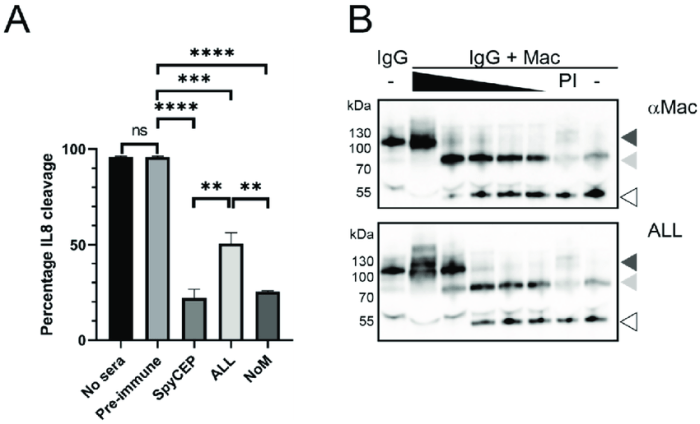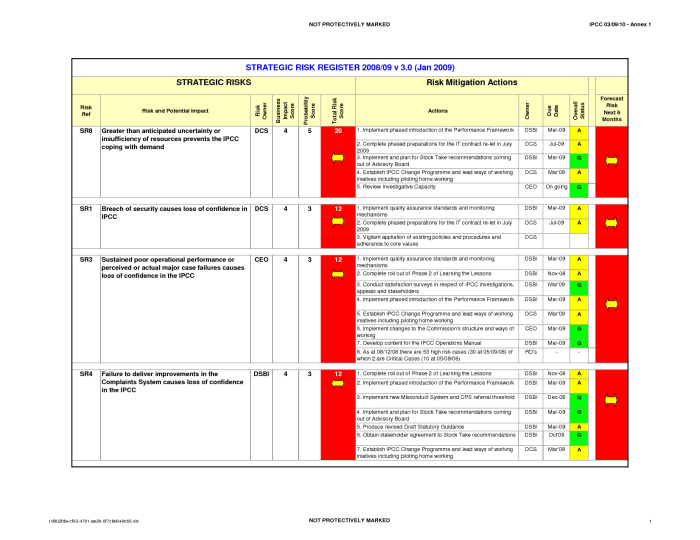What evasion aid is tailored to cover an individual presents a comprehensive and multifaceted approach to providing customized support and resources to meet specific needs. By considering various factors and employing tailored methods, evasion aid is designed to effectively address individual circumstances and enhance outcomes.
This aid encompasses a wide range of areas, including assessments, resources, and support mechanisms, ensuring that individuals receive the necessary assistance to overcome challenges and achieve their goals.
Individualized Evasion Aid: What Evasion Aid Is Tailored To Cover An Individual

Evasion aid tailored to an individual’s specific needs refers to customized assistance and support provided to individuals facing threats or persecution. It involves assessing an individual’s unique circumstances, risks, and vulnerabilities to develop a comprehensive plan that meets their specific requirements.
Factors considered when customizing evasion aid for an individual include:
- Nature and severity of the threat
- Individual’s personal characteristics, skills, and abilities
- Available resources and support networks
- Geographical location and legal framework
Scope of Coverage
Evasion aid tailored to an individual typically covers a wide range of areas, including:
- Safety planning and risk assessment
- Relocation and safe housing
- Financial assistance and economic support
- Legal advice and representation
- Medical and psychological support
- Communication and technology assistance
- Identity management and documentation
The scope of coverage may vary depending on the specific needs and circumstances of the individual.
Methods and Procedures
Methods employed to assess an individual’s needs and tailor evasion aid accordingly include:
- Interviews and assessments with the individual
- Risk and threat analysis
- Consultation with experts and specialists
- Review of relevant documentation and evidence
Procedures involved in implementing and monitoring individualized evasion aid include:
- Development of a comprehensive evasion plan
- Implementation of safety measures and risk mitigation strategies
- Regular monitoring and evaluation of the plan’s effectiveness
- Provision of ongoing support and assistance
Examples and Case Studies
Example 1:
A human rights defender facing threats and harassment received customized evasion aid that included relocation to a safe house, financial assistance, and legal representation. This support enabled the individual to continue their work while minimizing the risks to their safety.
Example 2:
A journalist investigating corruption was provided with secure communication tools, training on digital security, and relocation assistance. This tailored evasion aid allowed the journalist to continue their work without compromising their safety or the confidentiality of their sources.
Challenges and Limitations, What evasion aid is tailored to cover an individual
Tailoring evasion aid to an individual can be challenging due to:
- Limited resources and funding
- Complexity of the threat environment
- Ethical and legal constraints
- Individual’s willingness and cooperation
Limitations of individualized evasion aid include:
- May not be feasible in all situations
- Effectiveness depends on the individual’s compliance
- Can be resource-intensive
Ethical Considerations
Tailoring evasion aid to an individual raises ethical considerations, including:
- Balancing the individual’s right to safety with the need for accountability and justice
- Ensuring the confidentiality and privacy of the individual
- Avoiding potential harm to others involved in the situation
Future Developments and Trends
Emerging technologies and approaches in the field of individualized evasion aid include:
- Artificial intelligence and machine learning for risk assessment and threat detection
- Blockchain technology for secure communication and identity management
- Virtual reality and augmented reality for training and simulation
These advancements are expected to enhance the effectiveness and efficiency of individualized evasion aid in the future.
Query Resolution
What are the key factors considered when tailoring evasion aid to an individual?
Factors considered include individual needs, circumstances, risks, strengths, and support systems.
How does evasion aid tailored to an individual differ from general support programs?
Tailored evasion aid is specifically designed to meet the unique needs of an individual, while general programs provide support for a broader population.
What are the potential benefits of receiving evasion aid tailored to an individual?
Benefits include improved outcomes, increased self-sufficiency, and enhanced quality of life.


